Business
Canada releases three-year immigration plan for skilled workers, caregivers
Published
6 months agoon
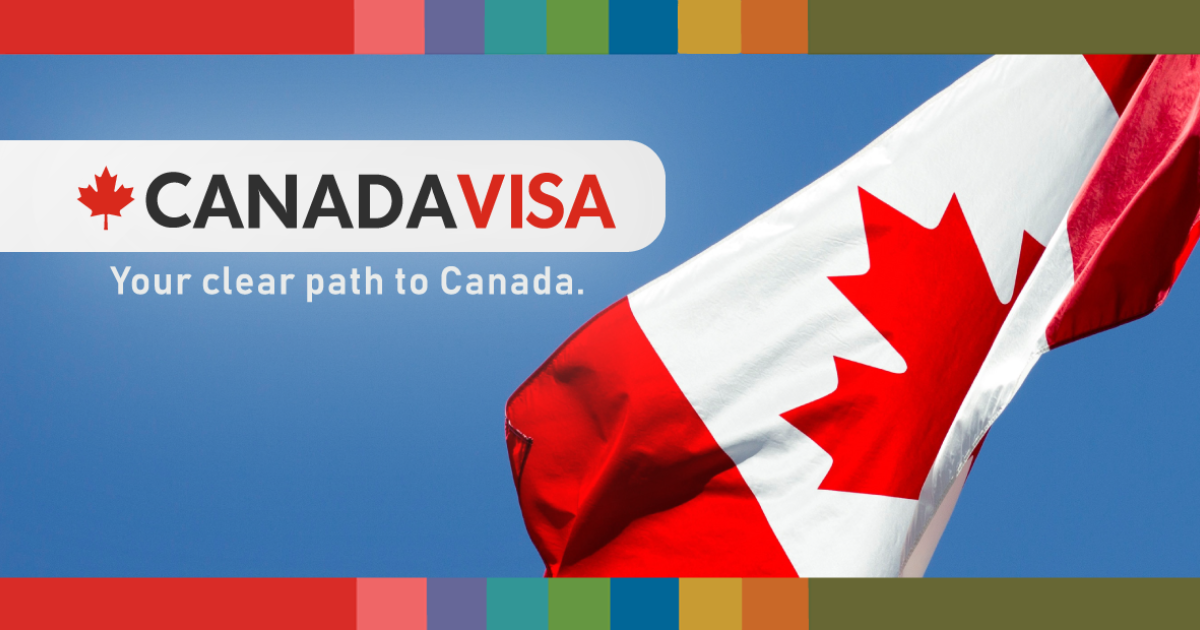
The Canadian Government has revealed the Immigration Levels Plan for skilled workers, caregivers, others from 2024 to 2026, which includes the economic immigrants, the family class, and the humanitarian targets.
Citizenship and Immigration Canada (CIC) revealed this on Wednesday adding that the North American country planned to receive 485,000 new immigrants in 2024, while 500,000 new immigrants are expected each in 2025 and 2026.
“Canada’s immigration levels will remain unchanged from its current targets. In 2024, the country will target the admission of 485,000 new immigrants. In 2025 and 2026, Canada will look to welcome 500,000 new immigrants [in] each year,” the CIC said.
“The targets are the same as those announced under the Immigration Levels Plan 2023-2025. The new information released today is the 2026 target, as well as updates to the levels of immigrants that will be admitted under each class and program between 2024-2026.
“In 2024, Canada will look to welcome about 281,135 immigrants under the economic class, or 58% of the annual target. By 2026, this will rise to 301,250 immigrants, or 60% of the annual target.”
Economic immigrants are people selected for their skills and ability to contribute to Canada’s economy, including skilled workers, business immigrants, provincial and territorial nominees and live-in caregivers.
Meanwhile, the family class target, in 2024, will be 114,000 immigrants, or 24% of all admissions. This will increase to 118,000 immigrants by 2026, which will also be 24% of all admissions.
This implies that Nigerians and other countries to benefit from this plan must be skilled workers and caregivers.
Skilled workers include carpenters, plumbers and welders while caregivers are professionals in the health sector.
READ ALSO: Canada high commissioner pledges support for Governor Adeleke administration
Family Class immigrants are people who are sponsored by a close relative to come to Canada. Sponsors must be Canadian citizens or permanent residents who are 18 years of age or older. They must show that they are willing and able to provide financial help and support to the
Humanitarian admission targets will be 89,865 immigrants in 2024, or about 19% of all admissions. These totals include refugees, protected persons, and those admitted for humanitarian, compassionate, or other reasons. By 2026, the target will be 80,832 immigrants, or 16% of admissions.
It further stated that, “The Express Entry target will be 110,700 permanent resident admissions in 2024, and this will rise to 117,500 immigrants in each of 2025 and 2026.”
“The Provincial Nominee Program (PNP) target will be 110,000 immigrants in 2024, and rise to 120,000 in 2025, and another 120,000 in 2026.
“Spousal, Partner, and Children sponsorship has a target of 82,000 admissions in 2024, and this will rise to 84,000 in each of 2025 and 2026. Meanwhile, the Parents and Grandparents Program (PGP) target will be 32,000 immigrants in 2024, followed by 34,000 immigrants in each of 2025 and 2026.”
Speaking on the plan, the Canadian government explains, “This plan is tailored to support economic growth while balancing with the pressures in areas like housing, healthcare and infrastructure.
“It charts a responsible course for sustainable and stable population growth…Starting in 2026, the government will stabilize permanent resident levels at 500,000, allowing time for successful integration, while continuing to augment Canada’s labour market.
READ ALSO: 2023 World Cup: Chiamaka Nnadozie stole the show as the Super Falcons survive Canadians’ firepower
“The government also plans to take action over the next year to recalibrate the number of temporary resident admissions to ensure this aspect of our immigration system also remains sustainable.”
Under the Immigration and Refugees Protection Act (IRPA), which is Canada’s main immigration law, the federal government must release its annual immigration plan by November 1 in non-election years.
The Immigration Levels Plan acts as the guideline for the number of new permanent residents who will be admitted into Canada over the next three years under each of the three immigration classes: economic, family, and humanitarian.
The plan advances the mission of Immigration, Refugees and Citizenship Canada (IRCC) to strengthen Canada’s economy, reunite families and make Canada a safe place for those fleeing oppression or other humanitarian crises.
In 2022, Canada broke the record for new immigrants at 437,000 admissions. The target for permanent resident admissions in 2023 is 465,000.
You may like


Canada drops important information for Nigerians seeking Visa


NDLEA seizes 75.75kg skunk from Canada


2023: APC Canada promises effective mobilisation for Tinubu’s victory
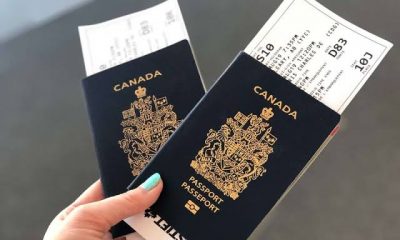

Canada reveals immigration plan amid critical labour shortage


Ministers to champion Nigerian trade, investment in Canada
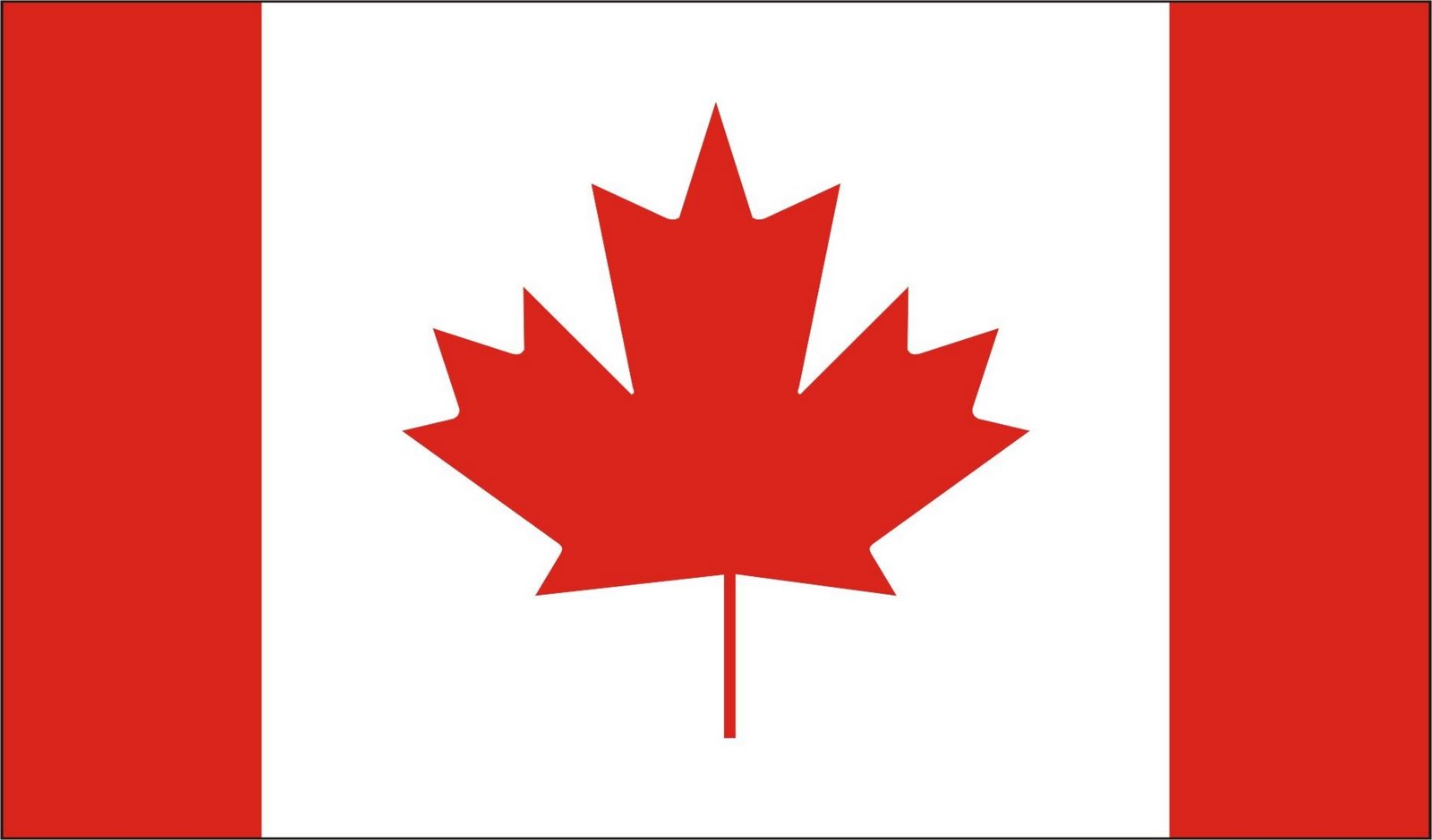

Canada to ban import of Russian crude oil – PM
Trending

 Health & Fitness4 days ago
Health & Fitness4 days agoMalaria Vaccines in Africa: Pastor Chris Oyakhilome and the BBC Attack

 Featured1 week ago
Featured1 week agoPolice reportedly detain Yahaya Bello’s ADC, other security details
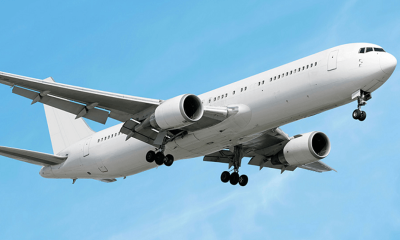
 Aviation6 days ago
Aviation6 days agoWhy some airlines are avoiding Nigeria’s airspace–NAMA

 Aviation5 days ago
Aviation5 days agoJust in: Dana airline crash lands in Lagos
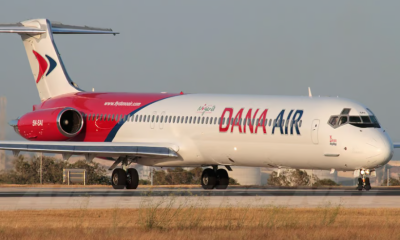
 Aviation5 days ago
Aviation5 days agoNSIB begins investigation into Dana Air after crash-landing incident

 Business1 week ago
Business1 week agoDebt servicing gulps 56% of Nigeria’s tax revenue, says IMF

 News1 week ago
News1 week agoOndo APC guber hopefuls reject primary poll

 Business1 week ago
Business1 week agoAdesola Adeduntan steps down as FirstBank CEO

